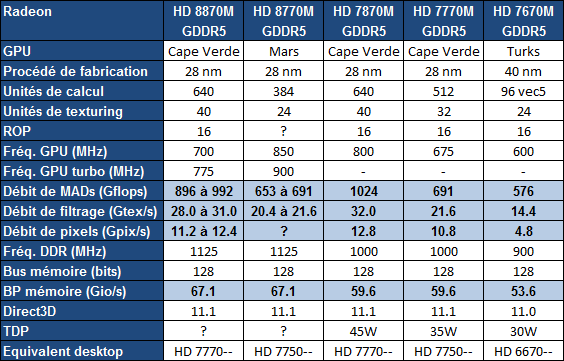Eric: It's architecture design was created by a completely separate team [from Bulldozer], but there is a lot of overlap between the tech managers and what they're using for boosting their performance is the same thing we're using in PowerTune. There is some crossbreeding there. We talk a lot with them about the shader design core and leveraging technology from Bulldozer; Bulldozer is an x86 architecture, it is completely different from a GPU architecture. We're wide and relatively speaking slow compared to theirs, what 4.5GHz rates, we're running 925 and a completely different process technology. They're running at
[COLOR=!important]GLOBALFOUNDRIES[/COLOR], we're at TSMC - it's very hard to compare those two things; different business units, different PR people, different engineers, different everything.
Eric: I actually like the Bulldozer design, I think particularly the revisions that are upcoming are going to be pretty good for it. It's not a bad CPU, it’s just that the competition is very good there. We [Graphics division] have the advantage with the competition being somewhat on-par with our current designs, in performance/$$ we’re probably still ahead of them. This part is another salvo in that continuous war. We don't have alien process technology like Intel does [laughing], thankfully we're not competing directly with them. We're actually competing with guys that have exactly the same process technology as us, so we feel really comfortable about going for it. In fact, right now, I wish we had more time (of course) with it before we introduced it but this is looking to be a rock solid product. Everybody has met their expectations and everybody is happy with their performance.

